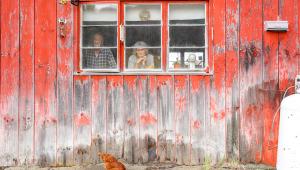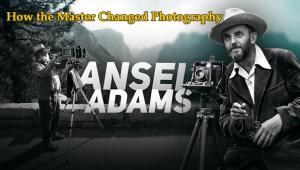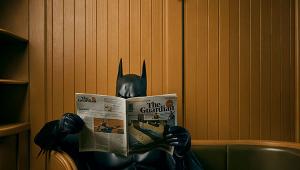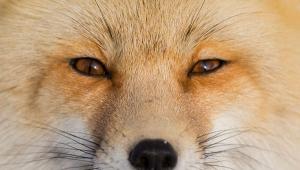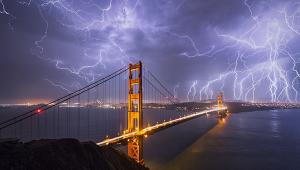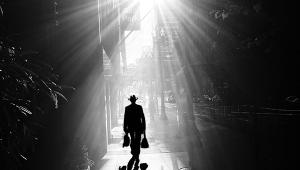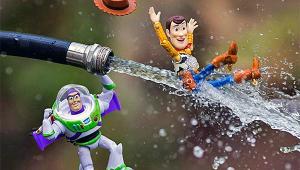Kendall Nelson: Home On The Range
Several years ago, singer Paula Cole posed the musical question, "Where have all the cowboys gone?" Apparently, photographer Kendall Nelson has the answer. In her book, Gathering Remnants: A Tribute to the Working Cowboy, Nelson delivers a starkly beautiful pictorial essay on the lives of cowboys who live on working ranches in the American west. For about three and a half years, she actively participated in the working cowboy's lifestyle, routinely starting her day at 3:00 or 4:00 a.m.--"in all kinds of weather, from hot to freezing temperatures." It's easy to see that her work went beyond simply documenting life on the range with a camera. "I didn't just go and shoot pictures out of my car," Nelson laughs.
 |
|
|
Her book is an honest portrayal of cowboy culture, offering insights that could only come from someone who lived among the cowboys and has great empathy for them. People may assume that the American cowboy, who ropes cattle and rides the open range for a living, disappeared long ago. But Nelson--and Felicitas Funke-Riehle, who wrote the text for Gathering Remnants--are here to tell us differently. This book shows us a glimpse of those who lead a simple, but rugged life that's unaffected by the busy, urban world. "We all know that there are cowboys," she says, "but we don't realize that they're still living in bunkhouses or running chuck wagons."
"These guys are disappearing--their way of life is changing, and I wanted to capture a little of it before it's gone," Nelson says.
 |
|
|
Best of Both Worlds
Nelson was educated at San Francisco State University. "I got a B.A. degree in art, with an emphasis in photography," she says. After graduation, she attended Brooks Institute in Santa Barbara. She felt that her diverse education gave her "the best of both worlds," as aesthetics was the strength of her photo education at San Francisco State, while Brooks taught her the technical aspects of the discipline.
One day a professional photographer came to speak at Brooks, and Nelson decided, "Okay, that's it--I'm going to work for this guy." She called him from a pay phone, and landed her first assisting job. From there, she assisted other photographers in the Los Angeles area, and then became an assistant to an executive producer of television commercials. This led to a job in 1996 as an assistant director of the NFL pre-game show comedy spots for Fox. Nelson was also a segment producer for a children's baseball show called "In the Zone."
 |
|
|
She decided to move to Idaho, as she loved the skiing there. "I thought I'd only stay for a month," she recalls. Nelson's family had a condominium in Sun Valley, and she had intentions of commuting back and forth to Los Angeles to work. But, once in Idaho, she says, "I only produced one Budweiser commercial, and that was it."
A Vanishing Culture
Between football and baseball season that year, she went to Texas, and decided that cowboys would be great photo subjects. To Nelson, they represented American icons with a lifestyle that was diminishing. A friend who photographed for National Geographic gave Nelson the name of a cowboy who lived outside of Fort Worth. He invited her to see the inner workings of a ranch near Kent, Texas, where they ran a chuck wagon. "That got me hooked," she says. "I really saw how cowboys lived, and decided then that it would be a book someday."
Nelson returned to Los Angeles to finish up the baseball season in '96. She moved to Sun Valley in the winter, and began contacting working ranches in Nevada, Idaho, Oregon, Wyoming, and Texas. She got referrals from cowbosses out on the range, and thus began her project. "It was a big shock, going from the sophistication of L.A. to ranches that sometimes had no electricity," Nelson points out. Although she says that she originally viewed Sun Valley as a rural area, "it was like a mini-Aspen by comparison."
 |
|
|
Today she admits, "I don't feel totally at home in either place." Instead, she says she finds her balance dividing her time between the stark simplicity of the cowboy ranches to the relative luxury of Sun Valley. But when she settles into the culture of the skiing town, she says, "I miss the honesty of the cowboys--riding horses, working all the time--they're truly caretakers of the land."




